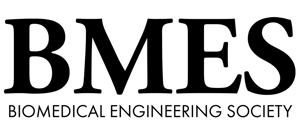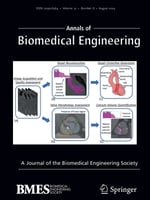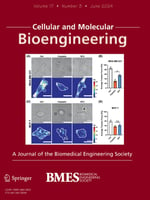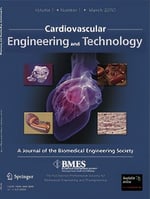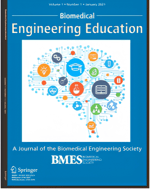极速赛车168历史官网记录查询-最幸运赛车站直播视频数据、1分钟历史记录、新赛果查询 Biomedical Engineering Excellence
极速赛车官网视频结果,体彩直播168历史记录、Biomedical
Welcome to the professional home of biomedical engineering. Together, we’re bridging collaboration among academia, industry, government, and allied fields and shaping the standards for biomedical engineering education.
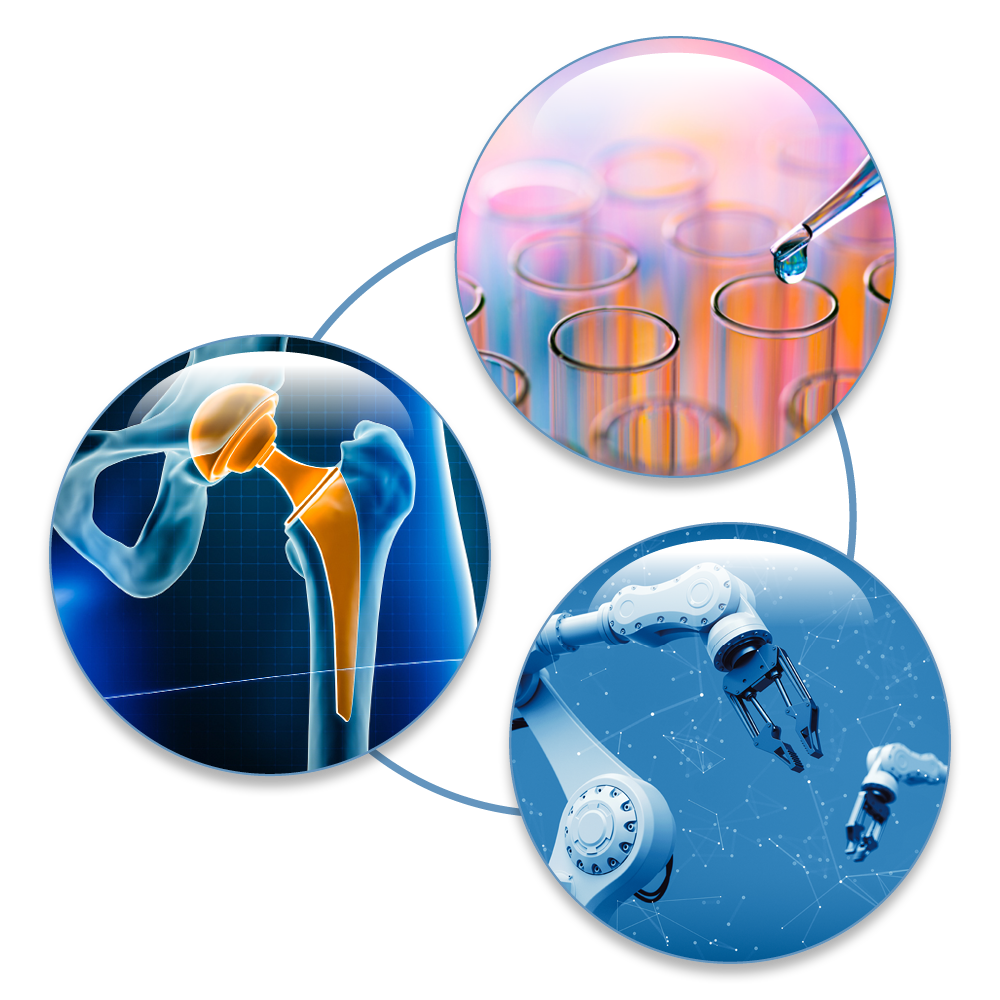
Our Vision
Health and wellness for all through engineering innovation.
Our Mission
The 极速赛车168历史官网记录查询-最幸运赛车站直播视频数据、1分钟历史记录、新赛果查询、Biomedical promotes a collaborative and inclusive community to advance human health through education, discovery, and translation.
News & 极速赛车168官网,168极速赛车官方开奖
Let's Get Social
Career Center
Connect with top employers and accelerate your career growth through our comprehensive job board, professional development programs, and exclusive networking events. Transform your biomedical engineering expertise into impactful opportunities.
Membership
Power your professional journey in a community of 6,000+ innovators. Access cutting-edge resources, build valuable connections, and collaborate with leaders across academia, industry, and healthcare. Your gateway to shaping the future of biomedical engineering.
Journals
Access breakthrough research through our four prestigious journals, covering everything from foundational discoveries to emerging technologies. Stay informed with peer-reviewed publications that drive the field forward.
Committees
BMES committees play an important role in creating and supporting the organization's programs and services. This work supports the growth both of the field of BME and BMES.
BMES Briefs
Stay ahead of the curve with our weekly digest of biomedical engineering breakthroughs. Get curated updates on research advances, industry developments, funding opportunities, and member achievements delivered directly to your inbox.
赛车站最新记录查询 Chapters
Join a vibrant network of 160+ 赛车站最新记录查询 Chapters nationwide. Access mentorship, leadership opportunities, and collaborative projects that jumpstart your career in biomedical engineering. Connect with peers who share your passion for innovation.
Awards
Recognizing excellence and innovation in biomedical engineering. Our prestigious awards celebrate groundbreaking achievements across research, education, industry impact, and emerging leadership.
Fellows
Honor outstanding contributions to biomedical engineering through our Fellows program. Join a distinguished group of innovators whose work has significantly advanced our field and inspired the next generation.
Stay Connected with 幸运168赛车实时开奖号码结果. BMES
Subscribe to receive news about conferences, events, and the latest in biomedical engineering.
